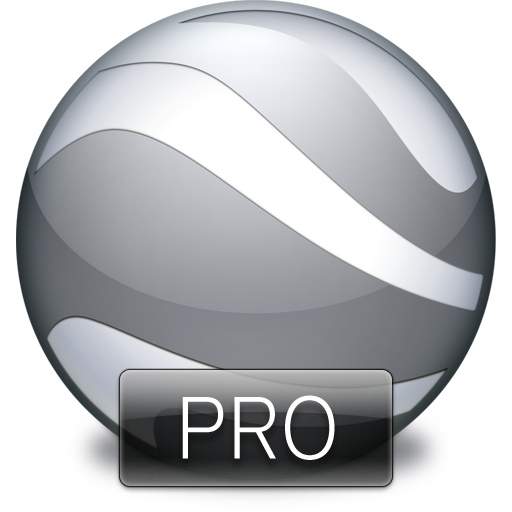Leen Ritmeyer continues his Temple Mount series with a look at the Early Muslim period. He has many illustrations, but the one I’ve always found most helpful in teaching is the comparison of the
Temple with the Dome of the Rock.
Two Egyptian mummies were found in a sewer near Minya.
Morgan Freeman will star in a remake of Ben-Hur.
The IAA arrested three men for antiquities theft at Ashkelon.
The International Business Times has a short profile of Tel Burna (Libnah?) with many graphics.
For the 40th anniversary of Biblical Archaeology Review, Hershel Shanks recounts the story of how the magazine began.
Pontius Pilate, by Paul L. Maier, is on sale for Kindle for $0.99. I recommend it.
Here’s a unique subject for a blogpost: Salem—What We Can Learn from Abraham’s Visit to Jerusalem, by Wayne Stiles.
Wayne is also offering signed copies of two of his excellent books. This is a great gift idea for yourself or someone else who has recently traveled to the Holy Land or who wishes that they could.
Eisenbrauns has reprinted all 11 volumes of the State Archives of Assyria (SAA) and State Archives of Assyria Studies (SAAS) and they are on sale this month.
The exhibition catalog for the new Bible Lands Museum Jerusalem exhibit is now available: By the Rivers of Babylon, The Story of the Babylonian Exile Jerusalem, by Filip Vukosavovic.
The Al-Arish National Museum in the North Sinai has been damaged in an attack by the militant group State of Sinai.
Ancient Romans ate meals that most Americans would recognize.
On Monday we’re beginning a series on Twitter of our 15 favorite places in Jerusalem. Follow us @BiblePlaces or on Facebook.
HT: Agade, Jay Baggett


